$39.97 Original price was: $39.97.$27.98Current price is: $27.98.
SKU: D2LSC 4332225924 Categories: FRUIT TREES & PLANTS, HOT SALE
- Free Shipping Worldwide
- Multiple payment options for secure shopping with SSL
- The best quality products, always.
- Multiple payment methods, safe and reliable

American Hazelnut
Corylus americana
Other Names: American Filbert
Plant Details
USDA Plant Hardiness Zones: 4a-9b Find Your Zone
Plant Type: Deciduous Flowering Shrub or Small Tree
Height at Maturity: 8-12′
Width at Maturity: 8-12′
Growth Habit / Form: Bushy, Upright, Rounded
Growth Rate: Moderate
Flower Color: Female: Red | Male Yellow
Flower Size: Medium, 1/4″ wide x 1-2″ long
Flowering Period: Late Winter, Early Spring
Flower Type: Catkin
Fragrant Flowers: No
Foliage Color: Dark Green; Pinkish Burgundy, Red, Gold
Fragrant Foliage: No
Sun Needs: Full Sun or Deep Shade
Water Needs: Average, Low when established
Soil Type: Clay, Loam, Sand, Silt
Soil Moisture / Drainage: Moist Well Drained, periodically dry when established
Soil pH: 6.0 – 7.5 (Mildly Acidic to Mildly Alkaline)
Maintenance / Care: Low
Attracts: Birds, Visual Attention
Resistances: Deep Shade, Cold (-30F), Deer (Moderate), Heat
Description
Wouldn’t it be great if there was a shrub that could thrive in both full sun and deep shade, acidic or alkaline soils, and the driest of sites? Meet the American Hazelnut, a native 3-season shrub that deserves a spot in every garden where it will grow, which is almost anywhere in the country: USDA Zones 4a-9b. It is an attractive multi-stem shrub that usually matures at 8 to 12 feet tall and equally as wide. In late winter to early spring it shows off drooping pencil-like catkins (male flowers) and red female flowers that are followed by edible and delicious nuts which are ready for harvest by early fall. Wildlife will enjoy them as well. The nuts, which are high in vitamin E, can be eaten raw, roasted, or ground into a flour or paste. Very attractive doubly serrated deep green leaves turn to shades of pinkish to red, gold and/or yellow. Insect and disease problems are rare. What more can we ask from a shrub?
Hazelnut has a long history of being harvested for food by Native Americans. Hazelnut has also been used medicinally by Native Americans. The Cherokee are reported to have used a tea made from the inner bark in the treatment of hives and fevers. A decoction of raw nuts was employed to control bleeding during childbirth, and one made from the roots was used to sooth teething babies.
Wildlife Assets
The nuts are eaten by songbirds, ruffed grouse, quail, wild turkeys, chipmunks, foxes, white-tailed deer, skunks, and squirrels. It is the host plant for caterpillars of the Saturniidae moth.
Landscape & Garden Uses
Growing 8 to 12 feet tall and wide when left to grow naturally, the American Hazelnut can be grown as a large shrub or small tree ideal for use as a specimen or in groupings in sunny or shady landscape or woodland borders. To tree form, simply remove lowers branches to a desired height. A fine addition to native gardens, wildlife gardens, food gardens, cottage gardens and woodland gardens.
Growing Preferences
American Hazelnut is easy to grow in most any moist but well drained soil of average fertility and full sun to deep shade. It produces more nuts and its best fall foliage color with more sun. When planting in heavy clay soil it’s a good idea to amend the native soil at a 50/50 ratio with a bagged top soil to ensure good drainage.
Note: Find helpful advice from our experts under the Planting & Care tab above on desktop monitors or below on mobile devices.
Plant Long & Prosper!
Meet The Wilson Brothers & Staff
Questions? Contact Us!
I received the one gallon plant from Wilson brothers. It was healthy, well packed and a good size. Wilson brothers should always be the first place you check for your plant needs—————————————–We are so glad you are pleased and we hope you enjoy it for years to come! Thanks for the kind words and wonderful review! 🙂 Beth Steele | WBG
The plants arrived packaged with love. It is clear the safety of the plants are carefully accounted to protect them during shipment. Both plants were green, firm, and healthy. They are planted and thriving. Looking forward to next years growth!————————————————–Thanks for the great review! We are so glad you are pleased and we hope you enjoy them for years to come! 🙂 Beth Steele | WBG
Be the first to review “American Hazelnut (Filbert) – 1 Gallon Pot” Cancel reply
Related products
New
FRUIT TREES & PLANTS
New
New
New
New
Clematis Vines
New
New
GROUNDCOVER PLANTS
New
GROUNDCOVER PLANTS


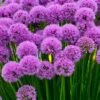



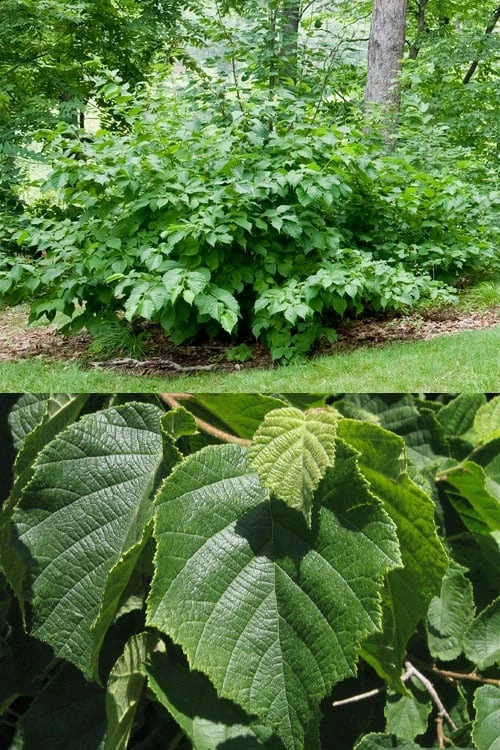
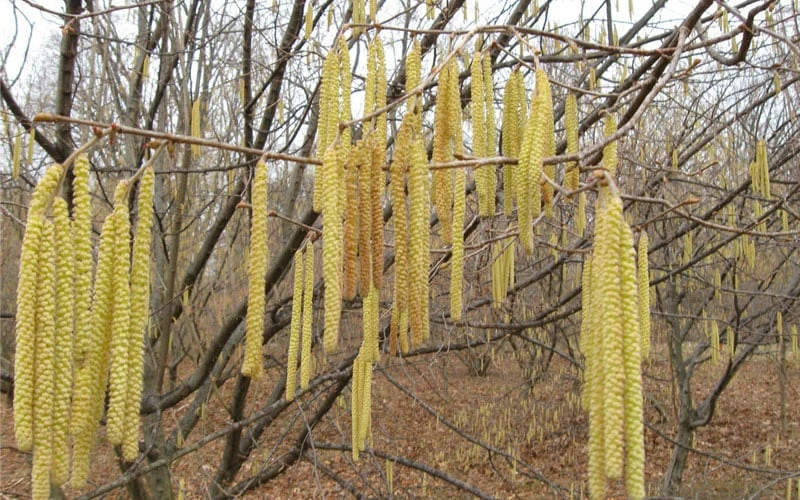


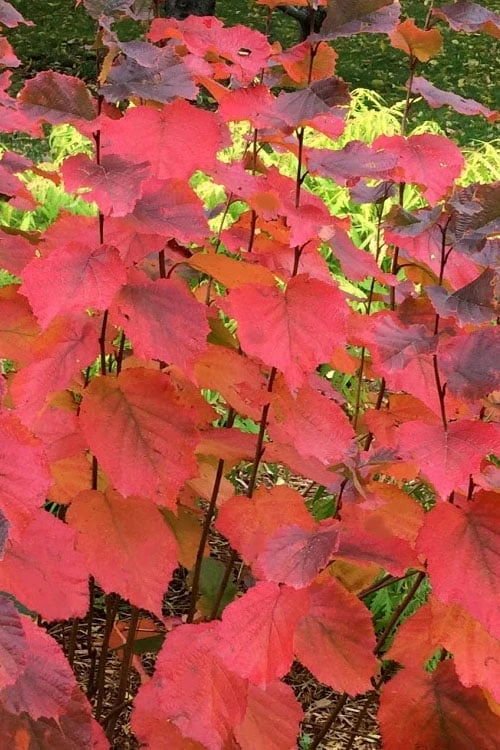



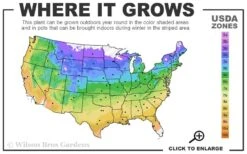



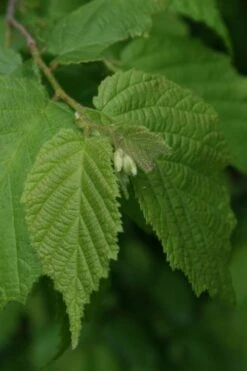










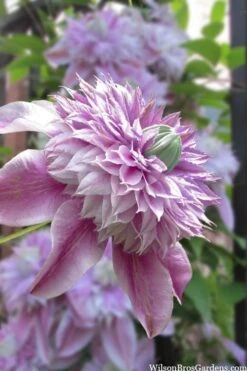



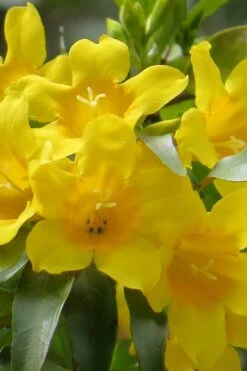



Reviews
There are no reviews yet.